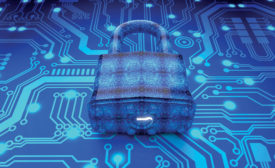Articles by Bud Broomhead
Why cybersecurity should be your physical security priority
And how to apply this knowledge to your enterprise at scale
September 9, 2022
Five key steps to full device defensibility
Part 3: Protecting distributed IoT devices
September 29, 2020
Strategies for endpoint security
Protecting distributed IoT devices – Part 2
August 31, 2020
Sign-up to receive top management & result-driven techniques in the industry.
Join over 20,000+ industry leaders who receive our premium content.
SIGN UP TODAY!Copyright ©2024. All Rights Reserved BNP Media.
Design, CMS, Hosting & Web Development :: ePublishing







